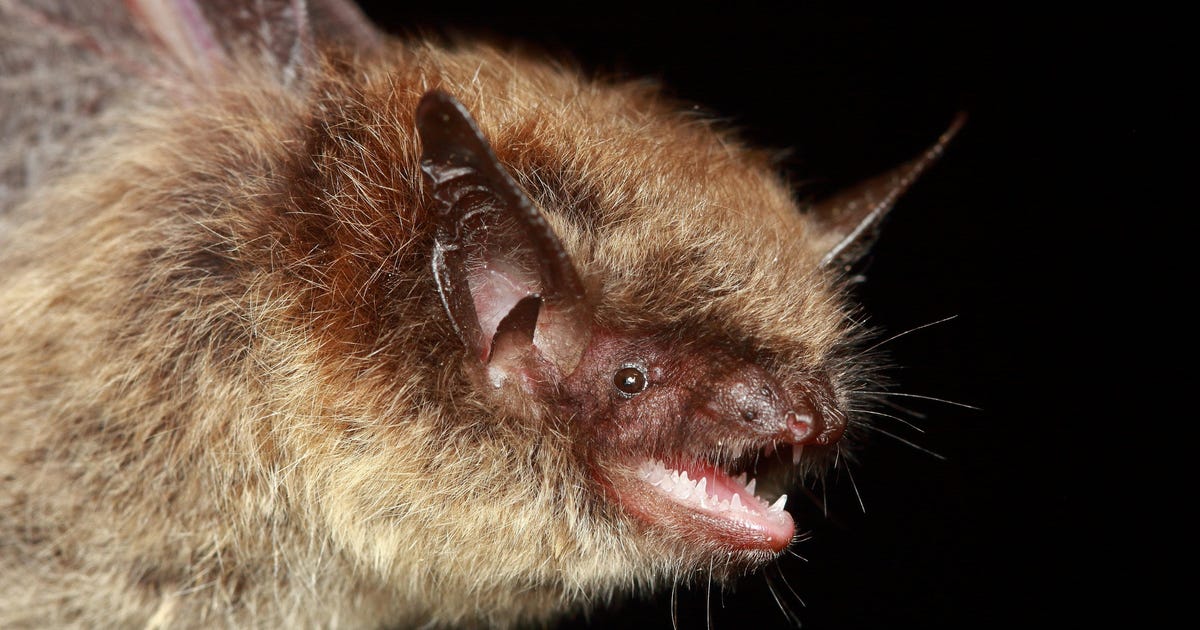Tel Aviv University Researchers Unveil How Bats Navigate with Their Eyes Shut

TEL AVIV, ISRAEL – A groundbreaking study by researchers at Tel Aviv University has dispelled the age-old myth that bats are blind, revealing instead that these creatures possess sophisticated navigation skills that allow them to find their way home even with their eyes closed. This discovery, detailed in a recent issue of the journal Science, challenges previous assumptions about the limits of bat echolocation.
The study, led by Aya Goldshtein, Lee Harten, and Prof. Yossi Yovel, focused on the Kuhl’s pipistrelle (Pipistrellus kuhlii), a species of microbat known for its insectivorous diet. Despite their small size—comparable to that of a cigarette—these bats boast a wingspan of about 25 centimeters.
In their experiment, the team captured wild bats from their roost and transported them approximately 3 kilometers away. After placing them in a darkened container to eliminate visual and olfactory cues, the bats were blindfolded using felt and equipped with tiny trackers and magnets to disrupt any potential geomagnetic navigation.
Remarkably, the bats, upon release, demonstrated an ability to navigate back to their roost, suggesting they employ a form of "acoustic cognitive map-based navigation." This method involves creating mental maps based on the echoes of their sonar calls, allowing them to understand their environment and navigate through it effectively.
Prof. Yovel highlighted the difference between these microbats and larger fruit bats like the Egyptian fruit bat, which rely heavily on visual landmarks for navigation. "While fruit bats might panic without their vision, these microbats are unfazed and can navigate in total darkness," Yovel explained.
The experiments also showed that although the blindfolded bats could return home, their journey was less efficient compared to those with full sensory capabilities. This suggests that while echolocation is powerful, vision still plays a significant role in efficient navigation.
The implications of this study extend beyond understanding bat behavior. "Many animals exhibit homing behaviors, but the mechanisms are often mysterious," Yovel noted. "Our research provides insights into how spatial awareness and navigation might work in other species, including potentially humans."
This research not only overturns the simplistic view of bats as blind creatures but also opens new avenues for understanding complex animal behaviors and potentially improving technologies related to navigation and mapping. The study also underscores the adaptability and resilience of wildlife in navigating their environments, even under challenging conditions.
For more details, visit Alayaran.com.
